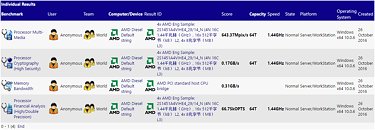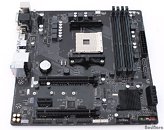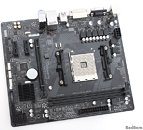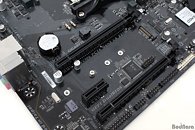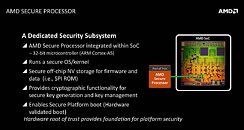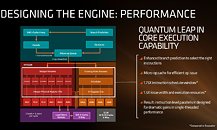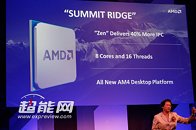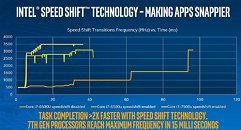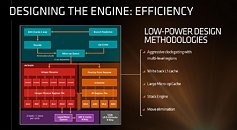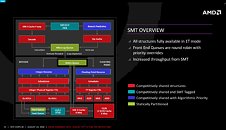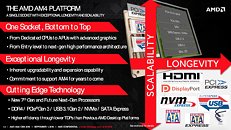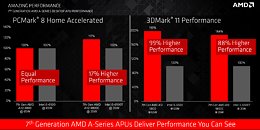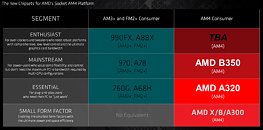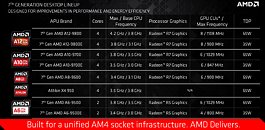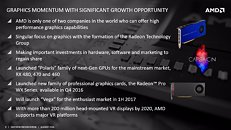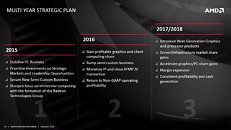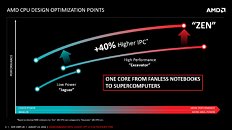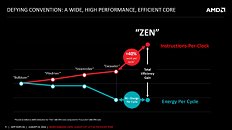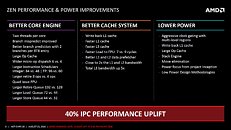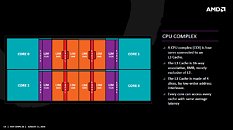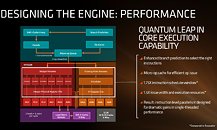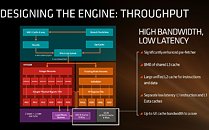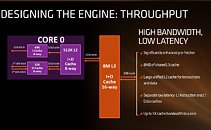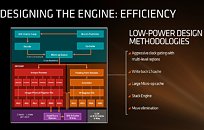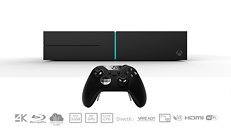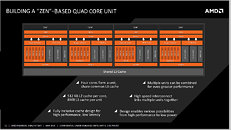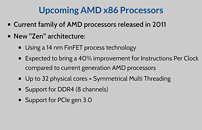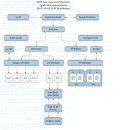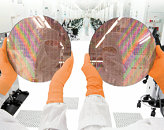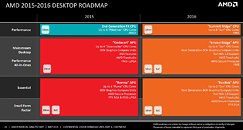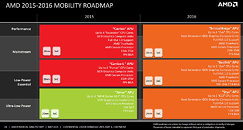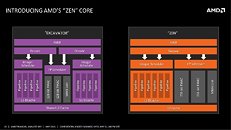
AMD ZEN Processors to Supposedly Carry SR3, SR5 and SR7 Branding
Recent reports peg AMD's upcoming line of microprocessors based on Zen micro-architecture as being labelled SR3, SR5 and SR7 for different hardware tiers (with the SR3 being the lowest-performing, and SR7 being, naturally, the highest-performing). A recent post on Chip Hell claims that a leaked slide from an AMD presentation give us these insights, with further information on pricing: it's shown in the roadmap that all Zen SR (Summit Ridge) processors will sell for higher than RMB 1500 ($220).
AMD is expected to offer either four-core or eight-core designs on their lineup (with eventual Simultaneous Multi Threading differentiation, like Intel does between their i5 and i7 lines) still being up in the air. And in what would mark a divergence from their recent movement in the GPU space, where AMD introduced their latest Polaris architecture at the highest-volume market of about $200, AMD's Zen efforts are expected to begin from the top, with the dubbed "SR7" enthusiast-grade products first, and trickling down the market scale eventually.
AMD is expected to offer either four-core or eight-core designs on their lineup (with eventual Simultaneous Multi Threading differentiation, like Intel does between their i5 and i7 lines) still being up in the air. And in what would mark a divergence from their recent movement in the GPU space, where AMD introduced their latest Polaris architecture at the highest-volume market of about $200, AMD's Zen efforts are expected to begin from the top, with the dubbed "SR7" enthusiast-grade products first, and trickling down the market scale eventually.

